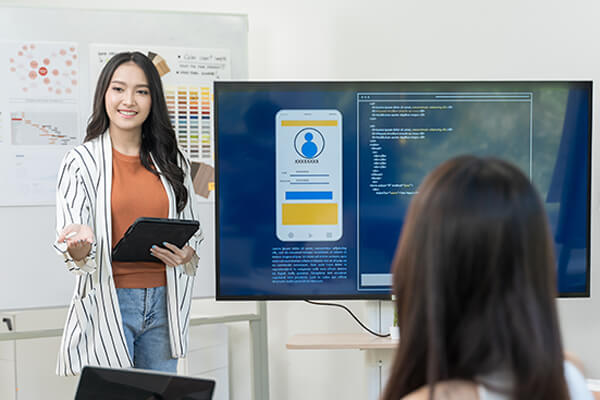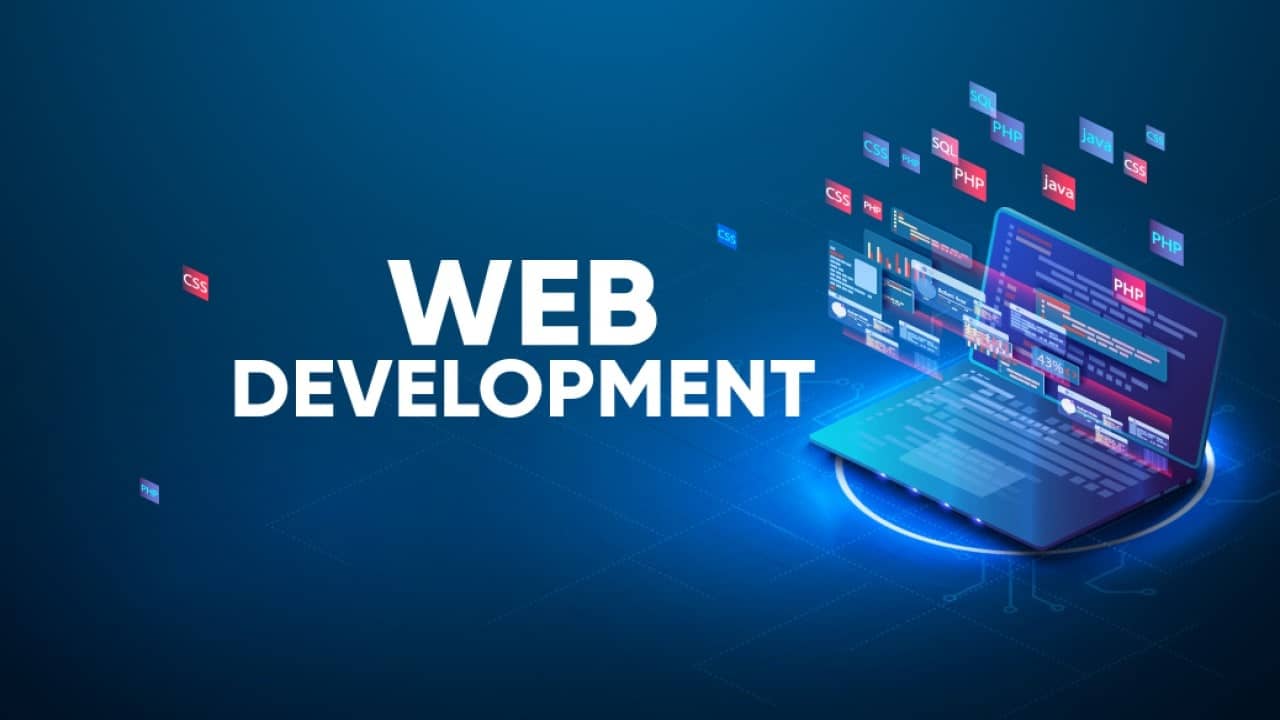Encourage Your Brand with Specialist Web Design Services
Explore the Different Sorts Of Website Design Services for Your One-of-a-kind Demands
From responsive web design that adapts to various devices, to shopping internet design that drives on the internet sales, to user experience (UX) layout that boosts customer satisfaction, to custom-made internet layout that brings your vision to life-- the possibilities are limitless. Whether you're a small organization proprietor looking to establish an on-line existence or a business owner aiming to change the mobile application world, this discussion will lose light on the different types of web style solutions readily available, helping you make an informed decision that lines up with your objectives.
Receptive Web Style
Responsive website design is a critical element of contemporary web advancement that makes sure web sites adapt and display perfectly across different tools and display dimensions. With the increasing use of mobile phones, tablet computers, and other mobile phones, it has actually ended up being essential for websites to be easy to use and accessible on any screen.
Receptive website design utilizes a combination of adaptable grids, designs, photos, and CSS media questions to attain this adaptability. It permits the internet site to immediately change its design and material based on the gadget's screen alignment, size, and resolution (web design company). This implies that customers can access the site on their desktop computer computers, laptop computers, tablet computers, or smart devices without coming across any kind of concerns or having to zoom in or bent on see the web content correctly

E-commerce Website Design

With the boosting need for online shopping, companies are now concentrating on e-commerce website design to create aesthetically appealing and easy to use sites that drive sales and boost the consumer buying experience. E-commerce web style incorporates various facets such as layout, navigating, product display, and check out process optimization. These aspects are critical for bring in and keeping clients, in addition to boosting conversion rates.
An efficient shopping website design starts with a well-organized layout that enables customers to quickly find the service or products they are searching for. Clear and intuitive navigating menus, search bars, and filtering system options are crucial for a seamless surfing experience. Additionally, the item screen should display high-grade photos, detailed summaries, and customer reviews to develop trust and self-confidence in the item.
Additionally, the checkout process need to be enhanced for simpleness and convenience. A secure and structured payment gateway, along with multiple payment options, ensures a smooth deal for the customer. Additionally, integrating functions such as visitor check out, order monitoring, and tailored suggestions can improve the overall buying experience.
Individual Experience (UX) Style
User Experience (UX) Style plays a vital function in creating interesting and straightforward sites that prioritize the needs and choices of the target market. When connecting with a site or app, it involves creating and improving the overall experience that customers have. UX designers intend to improve customer contentment by enhancing the functionality, accessibility, and effectiveness of the internet site.

UX designers concentrate on creating intuitive navigation, concise and clear material, and aesthetically enticing interfaces. They ensure that the internet site is simple to comprehend and navigate, ensuring a smooth and enjoyable individual experience.
In addition to boosting use, UX layout additionally takes into consideration the emotional aspect of user experience. Developers intend to evoke favorable feelings with aesthetic aspects, such as shades, typography, and imagery, which add to the overall customer complete satisfaction.
Custom-made Internet Layout
Personalized web style involves developing custom-made and unique sites that are especially created to meet the individual demands and needs of a company or company. Unlike pre-designed design templates or common web site styles, personalized website design offers a personalized strategy that reflects the brand identification, worths, and objectives of the customer.
With personalized website design, every element of the internet site is meticulously crafted to line up with the client's goals. This consists of the layout, color design, typography, photos, and general individual experience. The style process begins with an extensive understanding of the client's company and target market, permitting the web designer to create an internet site that properly interacts the client's message and involves users.
Among the key benefits of personalized web layout is its flexibility. As the web site is built from square one, the web designer has full control over its capability and attributes. This allows the combination of any wanted personalizations, such as shopping performance, content monitoring systems, or interactive elements.
Additionally, custom website design makes certain that the site is optimized for search engines, making it much more visible to possible customers. By executing search engine optimization ideal techniques, such as appropriate keyword positioning and meta tags, the internet site can accomplish greater rankings in internet search engine outcomes.
Mobile Application Style
Mobile application layout entails creating straightforward and visually appealing user interfaces for applications that are specifically developed for smart phones. With the boosting popularity of tablets and smart devices, mobile application layout has actually come to be a critical element of digital item advancement.

Visual charm is additionally vital in mobile application layout. Making use of shades, typography, and imagery can create a visually pleasing user interface that records the customer's interest and boosts their general experience. Additionally, incorporating brand name components and preserving uniformity with the organization's aesthetic identification can help develop a solid brand name visibility within the application.
Mobile application layout also involves considering various technological facets, such as gadget responsiveness, efficiency, and compatibility optimization - web design company. It is vital to make certain that the app functions perfectly throughout different tools and operating systems, supplying internet a regular experience to all customers
Conclusion
Receptive web style guarantees a smooth experience across various gadgets, while ecommerce internet design concentrates on creating on-line purchasing systems. Custom-made web layout uses customized remedies to meet particular needs, while mobile application layout focuses on producing straightforward mobile applications.
From responsive web style that adapts to different tools, to ecommerce web layout that drives on the internet sales, to individual experience (UX) style that boosts customer satisfaction, to custom web layout that brings your vision to life-- the possibilities are unlimited.An effective shopping internet design begins with an efficient design that allows individuals to easily locate the items or services they are looking for. The style process starts with an extensive understanding of the client's organization and target audience, allowing the web designer to create a website that efficiently communicates the customer's message and engages customers.
Responsive web style ensures a smooth experience throughout various devices, while shopping internet layout focuses on developing online purchasing platforms. Custom web style supplies tailored solutions to fulfill particular demands, while mobile application layout concentrates on developing Your Domain Name user-friendly mobile applications.